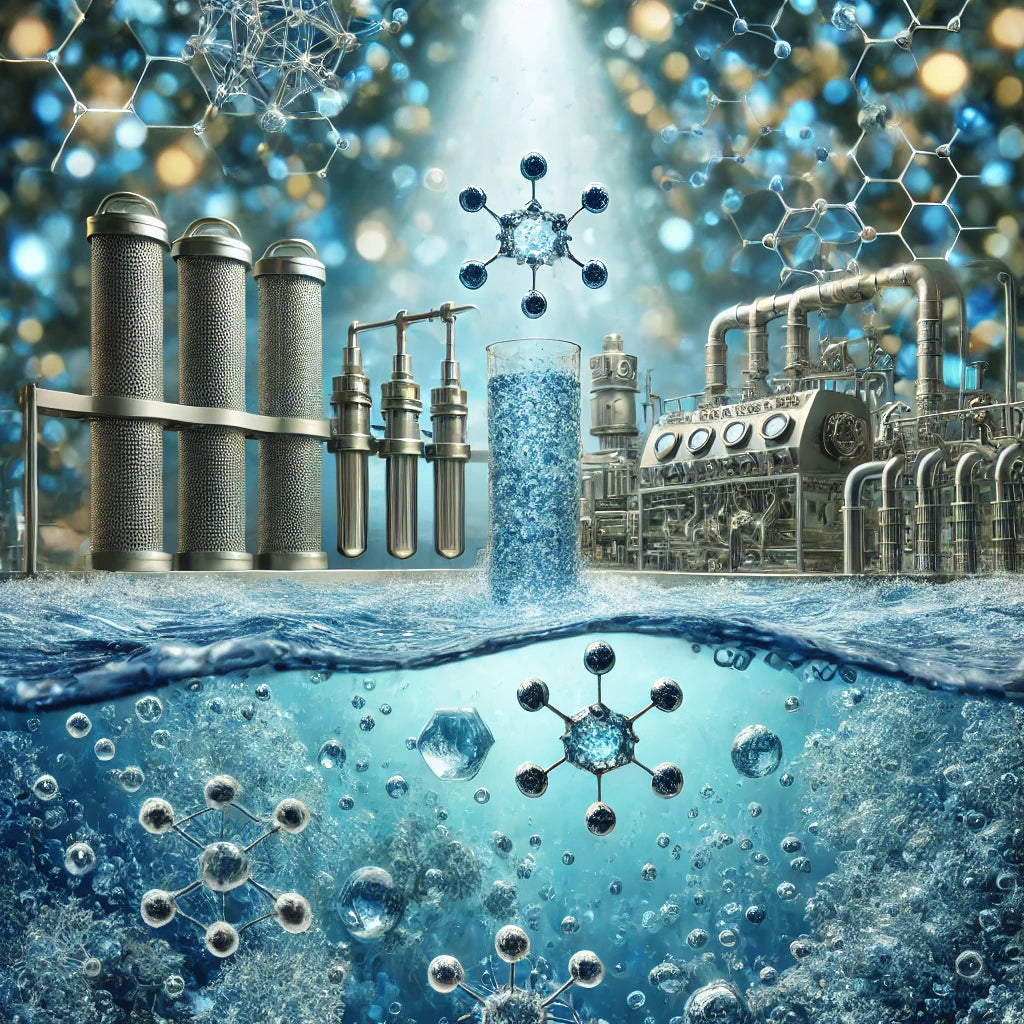
How Nanotechnology is Reinventing Water Management
Share
Introduction :
Nanotechnology offers promising solutions for water filtration and purification. Thanks to innovative membranes, it is now possible to filter the smallest particles of pollution and improve access to cleaner drinking water in the regions of the world most affected by water shortages.
Topic covered :
- Water filtration using nanomembranes
- Benefits for areas with low access to drinking water
- Next steps in sustainable water resources management
Nanotechnology and Water Purification: A Promising Future
Introduction
Nanotechnology is opening up new possibilities in water management, particularly in filtration and purification. Thanks to technological advances, it is now possible to use nanotechnology membranes to filter particles as small as viruses or chemical pollutants, making water purer and safer to consume. These revolutionary technologies are particularly promising for regions of the world that are struggling with drinking water shortages. This article explores in detail how nanotechnology can improve access to cleaner water and what the next steps are to ensure sustainable management of this precious resource.
Water Filtration Using Nanomembranes
Nanomembranes: A Revolution in Water Filtration
Nanomembranes represent a major breakthrough in water purification. Unlike traditional membranes, these new technologies are capable of filtering extremely fine particles, including toxic substances, viruses, bacteria, and even heavy metals.
-
Nanomembrane Structure : Nanomembranes are made of materials with a nanoscale structure, which allows them to create much finer pores than those of conventional membranes. This gives them a much higher filtration capacity, capable of trapping contaminants that would otherwise pass through traditional filters.
-
Advanced Filtration Applications : These nanomembranes are used to remove organic pollutants, pathogens, and even chemicals from pesticides and medications. Additionally, some of these membranes can be given specific properties, such as antimicrobial capabilities, which can make water not only cleaner but also safer for human consumption.
Active Nanoparticles
Some nanotechnology-based filtration technologies use active nanoparticles to capture and neutralize chemical pollutants in water. For example, iron nanoparticles can be used to reduce levels of arsenic and lead, two major contaminants found in drinking water in many parts of the world.
Benefits for Areas with Low Access to Drinking Water
A Solution to Global Water Access Problems
One of the greatest promises of nanotechnology applied to water is its ability to provide a solution to regions affected by drinking water shortages. Millions of people around the world do not have access to clean water, leading to serious health and safety issues. Nanotechnology could revolutionize this aspect by offering more effective and accessible means of purification.
-
Accessibility and Efficiency : Nanotechnology-based filtration systems are compact and can be deployed in environments where traditional infrastructure is lacking. This makes them a viable option for rural communities or areas devastated by natural disasters.
-
Deployment in Disadvantaged Regions : Pilot projects have already demonstrated that these systems can provide drinking water to entire communities using limited resources. In Africa, South Asia and Latin America, nanotechnology-based filtration systems have been implemented to meet drinking water needs, with encouraging results in terms of cost and longevity.
Sustainability and Cost Reduction
Another great strength of nanotechnology water purification technologies is their durability. Unlike other filtration systems that require frequent maintenance and replacement, nanomembranes have a longer lifespan and require less maintenance.
- Reduced Filtration Costs : Nanotechnology membranes, while initially more expensive to produce, offer long-term cost savings due to their increased durability. Savings on maintenance, parts replacement, and improved energy performance can make these systems a more affordable option in the long run.
Next Steps in Sustainable Water Resources Management
Improvement of Materials and Techniques
Researchers are actively working on improving the materials used in nanomembranes to make them even more efficient and durable. New types of hybrid membranes, combining nanotechnology and biomaterials, could emerge in the coming years, offering increased performance and greater flexibility in their use.
-
Innovative Materials : Advances are underway in the development of new materials such as graphene, which could offer even more efficient filtration performances. Due to its extraordinary properties (ultra-thin, light, and incredibly strong), graphene could make it possible to create membranes that are both robust and highly selective in filtering contaminants.
-
Alternative Energy for Filtration : Nanomembranes can also be integrated into systems that use alternative energy sources, such as solar energy. This would allow autonomous filtration systems to be deployed in regions where access to electricity is limited, thus increasing their sustainability.
Large Scale Deployment and Pilot Projects
The next steps in the evolution of nanotechnology water purification technologies are to develop these systems on a larger scale. This includes moving from pilot projects to mass deployments in developing regions, where the impact can be most significant.
-
Humanitarian Programs : Humanitarian organizations and governments are collaborating with technology companies to test these systems in real-world conditions. The success of these initiatives could lead to a major change in the way water resources are managed, particularly in regions under pressure.
-
Integrated Systems for the Future : Integrating nanomembranes into existing infrastructure could also transform the way major cities manage their water supplies. By reducing waste and increasing the efficiency of wastewater treatment systems, nanotechnologies will contribute to more sustainable management of water resources on a global scale.
Conclusion
Nanotechnology offers enormous potential to transform water resource management. With its unique properties, it can filter pollutants at an unprecedented level, improving access to clean water in areas of the world where this resource is scarce. With continued advances in filtration materials and techniques, nanotechnology is likely to become a key tool in the global fight to ensure sustainable, clean and safe water supplies. These innovations, combined with humanitarian programs and large-scale initiatives, could transform the lives of millions of people in the years to come.
